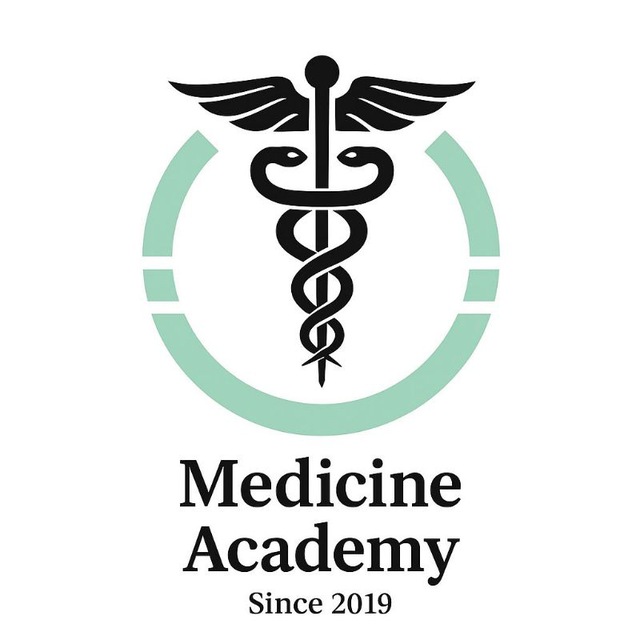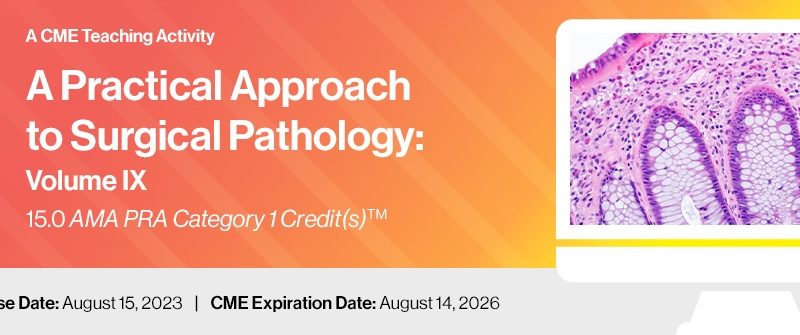2023 A Practical Approach to Surgical Pathology: Volume IX

About This Activity
This CME activity was designed to provide a comprehensive review of some of the more common topics which are encountered by practicing surgical pathologists, including gastrointestinal, hepatobiliary, genitourinary, gynecologic, breast, and soft tissue pathology. The activity also provides an update and comprehensive overview of some of the most important diagnostic features which allow pathologists to make accurate diagnoses, as well as essential clues as to how to avoid the most common diagnostic pitfalls. The use of ancillary diagnostic techniques including both immunohistochemistry and molecular diagnostics, which assist the pathologist in rendering a final diagnosis is discussed.
Target Audience
This CME activity is primarily designed to educate practicing pathologists.
Educational Objectives
At the completion of this CME teaching activity, you should be able to:
- Discuss the most common diagnostic pitfalls in a diagnosis of well-differentiated lipomatous tumors
- Discuss the most common diagnostic entities in the differential diagnosis of myxoid, spindle cell, pleomorphic and round cell tumors
- Understand how to integrate clinical history, laboratory data, and imaging findings to come to a uniform diagnosis when presented with an unexpected histologic feature in a liver biopsy
- Recognize the liver tumors that can closely resemble hepatocellular carcinoma and the proper immunostain panel to identify that
- Identify the histologic features that allow for the diagnosis of Wilson disease, hereditary hemochromatosis, and alpha-1 antitrypsin deficiency
- Summarize the morphologic and molecular features of special histologic subtypes of triple negative breast cancer and management implications
- Review recent updates on biomarker testing in breast cancer
- Discuss diagnostic challenges in breast core needle biopsies and how to resolve these issues on difficult cases
- Describe the various histologic patterns of colitis and their differential diagnoses
- Recognize the key factors that predict prognosis and guide therapeutic decision making in colorectal cancer
- Classify appendiceal tumors according to updated criteria to guide subsequent therapy and predict prognosis
- To highlight common controversial topics in prostate pathology with a focus on grading and reporting parameters
- To review diagnostic challenges encountered in common bladder specimens
- To emphasize a practical approach to common diagnostic challenges in kidney tumors
- Discuss the most useful histologic and immunohistochemical findings in diagnosing serious neoplasms of the uterus and ovary, including a focus on HER2 testing
- Discuss some of the most common entities in cervical pathology seen in post-menopausal patients
No special educational preparation is required for this CME activity.
Details : 17 Videos + 1 PDF
Price : $ 70
[WD_Button id=441]




